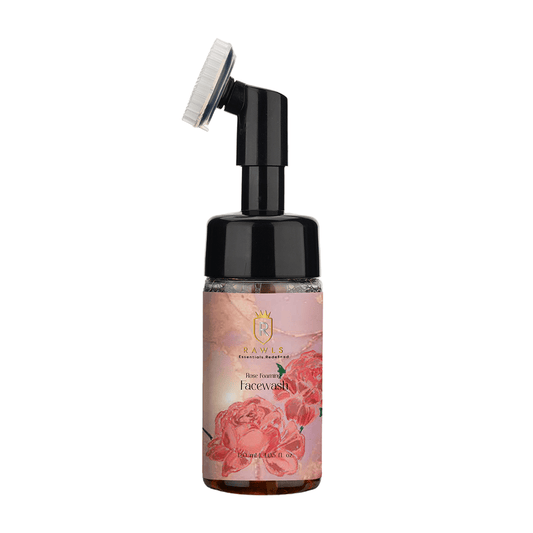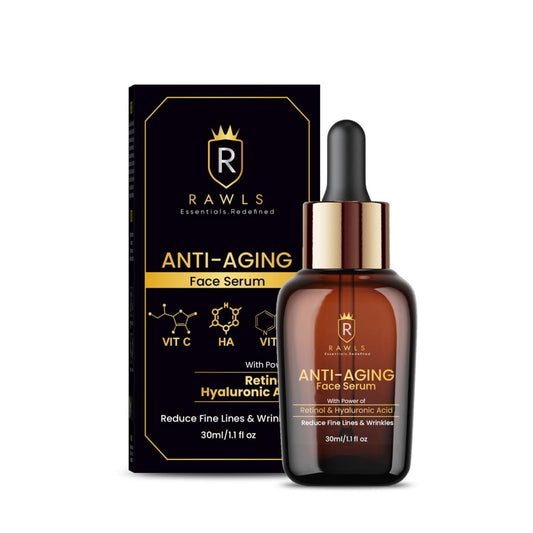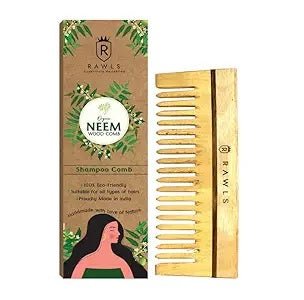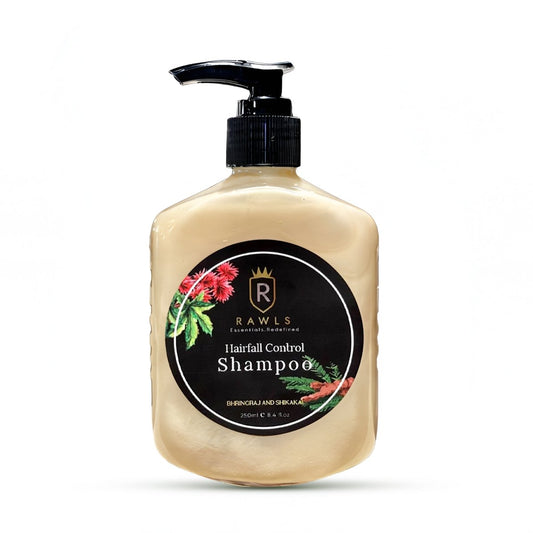Growing a beard is a journey, and grooming it properly ensures that the journey is enjoyable and rewarding. Whether you’re aiming for a sleek, short beard or a long, majestic mane, knowing how to care for your facial hair is essential. This comprehensive guide will cover all you need to know about beard grooming for beginners, including when to start, what tools you need, and how to develop a routine. Let’s dive in!
When Should You Start Grooming Your Beard?
Starting to groom your beard early in the growth process is crucial. As soon as your beard begins to come in, typically around the second or third week, you should start implementing a basic grooming routine. This early care will help to maintain the health of your skin and hair, prevent itchiness, and set the foundation for a well-groomed beard.
Why Are Grooming Habits Important?
Good grooming habits are vital for several reasons:
- Hygiene: Regular washing keeps your beard clean from dirt, oil, and bacteria.
- Appearance: Grooming helps your beard look neat and styled.
- Health: Proper care prevents issues like dandruff, split ends, and ingrown hairs.
- Confidence: A well-maintained beard boosts your self-esteem and makes a great impression.
What Should Be In Your Beard Grooming Kit?
A comprehensive beard grooming kit should include:
- Beard Wash: A gentle cleanser like a tea tree beard wash to keep your beard clean without stripping natural oils.
- Beard Butter: A product like beard butter for deep nourishment and styling.
- Beard Softener Cream: To keep your beard soft and manageable.
- Beard Oil: Rosemary beard oil to moisturize and promote healthy growth.
- Beard Brush and Comb: Essential for detangling and distributing products evenly.
- Scissors or Trimmer: For shaping and maintaining the desired length.
Stages of Beard Growth
Understanding the stages of beard growth can help you anticipate changes and care needs:
- Stubble (1-2 weeks): The initial stage where grooming mainly involves washing and moisturizing.
- Patchy Growth (2-6 weeks): Patience is key; use beard oil to promote even growth.
- Short Beard (6 weeks-3 months): Regular trimming and shaping begin.
- Full Beard (3-6 months and beyond): Focus on maintaining shape, hydration, and cleanliness.
What to Expect When Growing Your Beard
Growing a beard can come with challenges such as itchiness, patchiness, and uneven growth. During the first few weeks, your skin may itch due to the new hair. Using a beard softener cream can alleviate this discomfort. Patchiness is common, but with patience and the right products, your beard will fill in over time.
Beard Shaping For Beginners
Shaping your beard is crucial for a polished look. Here are some tips:
- Define the Neckline: Shave below the Adam’s apple to keep the neckline clean.
- Trim the Cheeks: Keep cheek lines natural but neat.
- Shape the Sides: Trim the sides to maintain a uniform look.
- Mustache Care: Trim the mustache regularly to keep it out of your mouth.
Create a Beard Care Routine
A consistent routine is essential for a healthy beard. Here’s a simple daily routine:
- Wash: Use a tea tree beard wash to cleanse your beard.
- Condition: Apply a beard softener cream after washing.
- Oil: Use rosemary beard oil to moisturize and promote growth.
- Brush/Comb: Detangle and style your beard using a beard brush or comb.
- Trim: Regularly trim to maintain shape and remove split ends.
Beard Grooming Tips
- Stay Hydrated: Drink plenty of water to keep your skin and hair hydrated.
- Eat Well: A balanced diet rich in vitamins and minerals promotes healthy hair growth.
- Exercise: Regular exercise improves blood circulation, benefiting beard growth.
- Sleep Well: Adequate sleep supports overall health, including hair growth.
- Avoid Stress: Stress can negatively impact hair growth; practice relaxation techniques.
What Is The Difference Between A Beard Brush And A Beard Comb, You Ask?
A beard brush and a beard comb serve different purposes:
- Beard Brush: Ideal for shorter beards, a brush helps to exfoliate the skin, distribute oils evenly, and train the hair to grow in the desired direction.
- Beard Comb: Better suited for longer beards, a comb helps to detangle hair, style, and evenly distribute products.
Common Beard Grooming Issues & How To Fix Them
- Itchiness: Use a beard softener cream and oil regularly to keep the skin hydrated.
- Dandruff: Wash with a tea tree beard wash and use oil to moisturize.
- Patchiness: Be patient and use products like rosemary beard oil to promote growth.
- Split Ends: Regular trimming with sharp scissors or a trimmer will help prevent split ends.
- Dryness: Apply beard butter for deep nourishment and to lock in moisture.
FAQs
Q: How often should I wash my beard?
A: Wash your beard 2-3 times a week with a gentle beard wash.
Q: Can I use regular shampoo on my beard?
A: No, regular shampoo can be too harsh and strip your beard of its natural oils.
Q: How do I prevent beard itch?
A: Keep your beard clean, and moisturize regularly with a beard softener cream and oil.
Q: How long does it take to grow a full beard?
A: It varies by individual, but typically 3-6 months for a full beard.
Q: Do I need to use beard oil daily?
A: Yes, applying beard oil daily helps keep your beard hydrated and healthy.
Conclusion
Beard grooming is an essential part of maintaining a healthy and stylish beard. By starting early, using the right tools, and developing a consistent care routine, you can ensure your beard looks its best. Products like beard butter, beard softener cream, tea tree beard wash, and rosemary beard oil are invaluable in your grooming kit. Remember, patience and consistency are key. Happy grooming!























































